General Info – summary.
This Tree may reach 14m high, with a 38cm wide trunk, or it may be a shrub. Bark develops longitudinal strips. Simple, linear, translucent Leaves are decussate, discolorous, lanceolate and much longer than wide. Tiny, regular, white, 4-merous and bisexual Flowers develop in panicles and have protruding stamens. Each Fruit is a tiny ovoid capsule with oblong, compressed seeds. The superior ovary is hairy.
Description.
Buddleja saligna.
Previous Names: Buddleia corrugata, Buddleia saligna, Buddleia salicifolia, Callicarpa paniculate, Chilianthus arboreus, Chilianthus olraceus, Nxia saligna, Scoparia arborea.
SA Tree No. 636.
Common names: (Afr) Bastard Olive, Basterolien, Basterolienhout, Basterolyf, Basterolyfhout, Bergolien, Bergolienhout, Bergolyf, Bergolyfhout, Bossalie, Saliehout, Troubos, Wildevlier, Wildevlierboom, Withoutolien, Withoutolienhout, Witolienhout. (Eng) Climbing Buddleja, False Olive, Olive, Olive Buddleja, Olive Sagewood. (isiXhosa) Igqange, Umgeba, Umgqeba, Umnceba. (isiZulu) Elimhlophe, Igqange. (siSwati) Umgceba.
Family: Scrophulariaceae (figwort family). The simple Leaves lack stipules and are usually opposite and/or alternate. The bisexual Flowers are usually zygomorphic (irregular flower: when corolla is divisible into 2 equal halves in one plane only). The calyx is 4-5 lobed and there are tubular corollas with 2 lips. Usually 4 stamens are present and are usually didynamous (2 long and 2 short). The superior ovary is usually bilocular and contains many ovules. The style is terminal, simple and the stigma is entire or has 2-3 lobes. The Fruit is usually a capsule. There are usually 1 to many Seeds per locule. In this family, there are about 65 genera and more than 1 600 species. In southern Africa, the genera with trees included on this website are Buddleja, Dermatobotrys and Freylinia.
Name derivation: Buddleja named to recognise Rev Adam Buddle 1660-1715. He was an English botanist who trained at Cambridge University. His herbarium formed part of the foundation collections of the British museum. saligna – willow: referring to the similar appearance of the leaves. There are 7 species of Buddleja in southern Africa. Buddleja saligna was first collected by Thunberg and later by Burchel and others.
Conservation: National Status: L C. (Least Concern). Assessed: 2005 (W. Foden and L. Potter).
Tree
This Tree may reach 12m high with a much-branched crown in the lowveld but about half this in the highveld or it may grow as a multi-stemmed shrub. The finely fissured Trunk may be upright, straight, up to 30cm wide or twisted or fluted (grooved, funnelled or channelled). The Bark is creamy, creamy-brown to dark brown or reddish. As the bark expands, it may leave behind thinnish longitudinal ridges that are brown or red and expose younger strips that are almost white (photo 786). Old bark is longitudinally furrowed. The finely fissured young Branches are often quadrangular in cross-section with protruding (winged) corners (photo 793). The ridge between pairs of opposite leaves is faint or absent (photo 793) – unlike most others of this genus.
- 786 2014/11/18 Walter Sisulu NBG. Photo: David Becking.
- 793 2014.11.18 Walter Sisulu NBG. Photo: David Becking.
Leaves
The leathery, evergreen tree has Leaves that are linear and vary considerably in size. They may reach 14cm x 2cm (usually smaller) and are simple (have a single blade, which may have incisions that are not deep enough to divide the leaf into leaflets). On the often-square young stems the leaves are decussate (opposite pairs of leaves have successive pairs at right angles to each other – photo 786 – under Trees). Leaves are linear, oblong or usually narrowly lanceolate and discolorous (having upper and lower surfaces of leaves different colours -photo 788). The Upper surface is darkish green, slightly shiny, hairless, smooth and flattish with visible sunken Veins. The Lower surface is much lighter, whitish and scaly with conspicuous protruding veins and stellate hairs. The Margin is entire (with a continuous margin, not in any way indented) and may be rolled under (photo 788). It may also be irregularly toothed. The leaf blade in decurrent (here with wings around the petiole). The Apex tapers and the Base is tapering to roundish. The Petiole (leaf stalk) is short – up to 1cm long and may have a visible ridge on the upper surface (photo 788). The interpetiolar ridge (between petioles) of opposite leaves, which is distinct in most Buddleja species, is faint or lacking in this one and this aids identification (photo 793 – under Tree). Stipules (basal appendages of the petiole) occur between the paired leaf petioles and fall early. The Blade is 3 or more times as long as wide, and the lateral veins join up to form a continuous looping vein close to the margin (photo 788). Details of this translucent leaf are best observed when viewed against a strong light (photo 59). Leaves are somewhat similar to Olea europaea subsp africana (olive) which generally has smaller, shorter leaves that are not translucent. The looping lines of veins close to the margins are also lacking in Olea (olive).
- 59 2019/11/21 Witkoppen Nursery. Photo: David Becking.
- 788 2014/11/18 Walter Sisulu NBG. Photo: David Becking.
Flowers
The bunched, tiny Flowers (photo 875) are pleasantly honey-scented. They usually occur in profusion on pyramidal shaped terminal Panicles (indeterminate, branched inflorescence with stalked flowers) that are up to 12 x 12cm. Flowers in Olea europaea subsp africana (African olive) are larger and develop in leaf axils. The great numbers of attractive flowers are individually, very small – about 4mm long. They are bisexual and actinomorphic (Regular, symmetrical. Flowers are vertically divisible into similar halves by more than one plane passing through the axis). Pedicels (stalk of a single flower) are short. The 4-lobed Calyx is pubescent (with dense fine, short, soft hairs) on the outside only. The Corolla has a short tube with 4 Petals that may have an orange or reddish throat (photo 790). Each externally white or cream coloured petal is up to 4mm long and has a tapering apex (photo 785). The lobes are imbricate (having regularly arranged, overlapping edges), becoming recurved from above the base. The 4 Stamens with their white filaments and yellow anthers are clearly visible (unlike other Buddleja) and protrude impressively between and beyond the petal lobes (photo 785). The protruding anthers have Theca (pollen sacs) that are distinct and almost parallel (photo 785). Anthers are basifixed and pollen is shed through longitudinal slits. The superior, 2-locular Ovary is hairy and contains a number of ovules. (Aug-Jan).
- 790M 2014/11/18 Walter Sisulu NBG. Photo: David Becking.
- 785 2014/11/18 Walter Sisulu NBG. Photo: David Becking.
Fruit
The very small, ovoid Fruit is about 2mm long and a pale yellowish brown. It is a 2-lobed dehiscent and hairy Capsule (a dry fruit resulting from the maturing of a compound ovary with more than 1 carpel). When mature it extends about half its length beyond the persistent calyx. The small Seeds are oblong, compressed and have endosperm (the starch and oil-containing tissue of many seeds; often referred to as the albumen). (Sep-Mar).
Distribution & Ecology
This plant is Endemic (endemism is the ecological state of a species being unique to a defined geographic location) in southern Africa and has the widest distribution of any of the Buddleja species in South Africa. This plant occurs in all provinces in South Africa and is common near Johannesburg and Pretoria. Distribution includes the eastern highlands of Zimbabwe and is marginal in Swaziland. The plant is often associated with forest margins e.g., in Knysna. It can Grow in poor soils, on hot mountainsides, either away from or close to water and is both cold and drought resistant. This helps to account for its wide distribution. The plant is quick growing – up to 1,5m per year. Game browse the Leaves. Pollinating agents include moths.
Ethnobotany
The Wood is hard and strong. The heartwood is dark brown. Wood has a high density (up to 0,98g per cubic cm) and will thus just float in fresh water. It makes excellent fence poles, panga handles and small pieces of furniture. The wood burns with an intense heat and makes a good fuel. Seeds and cuttings grow well and quite quickly. The plant is frost resistant and roots are not invasive. A good garden prospect – growing in almost any soil with its non-aggressive Roots. It is also a good prospect for bonsai. Parts of the plant (usually roots and leaves) are used in local medicine.
References
Boon, R. 2010. Pooley’s Trees of eastern South Africa. Flora and Fauna Publications Trust, Durban.
Coates Palgrave, M. 2002. Keith Coates Palgrave Trees of Southern Africa, edn 3. Struik, Cape Town.
Foden, W. & Potter, L. 2005. Buddleja saligna Willd. National Assessment: Red List of South African Plants version 2020.1. Accessed on 2022/11/01.
Lawrence, G. H. M, 1951. Taxonomy of Vascular Plants. The Macmillan Company, New York. Tenth Printing 1965.
Palmer, E. & Pitman, N. 1972. Trees of southern Africa. Balkema, Amsterdam, Cape Town.
Schmidt, S. Lotter, M. & McCleland, W. 2002. Trees and Shrubs of Mpumalanga and the Kruger National Park. Jacana, Johannesburg.
van Wyk, B. & van Wyk, P. 1997 Field guide to Trees of Southern Africa. Struik, Cape Town.
http://www.plantzafrica.com/plantab/buddlesalig.htm
http://witkoppenwildflower.co.za/buddleja-saligna/
https://en.wikipedia.org/wiki/Buddleja_saligna
http://www.plantbook.co.za/buddleja-saligna/
http://witbos.co.za/plant.aspx?plant=buddleja-saligna
http://posa.sanbi.org/flora/browse.php?src=SP

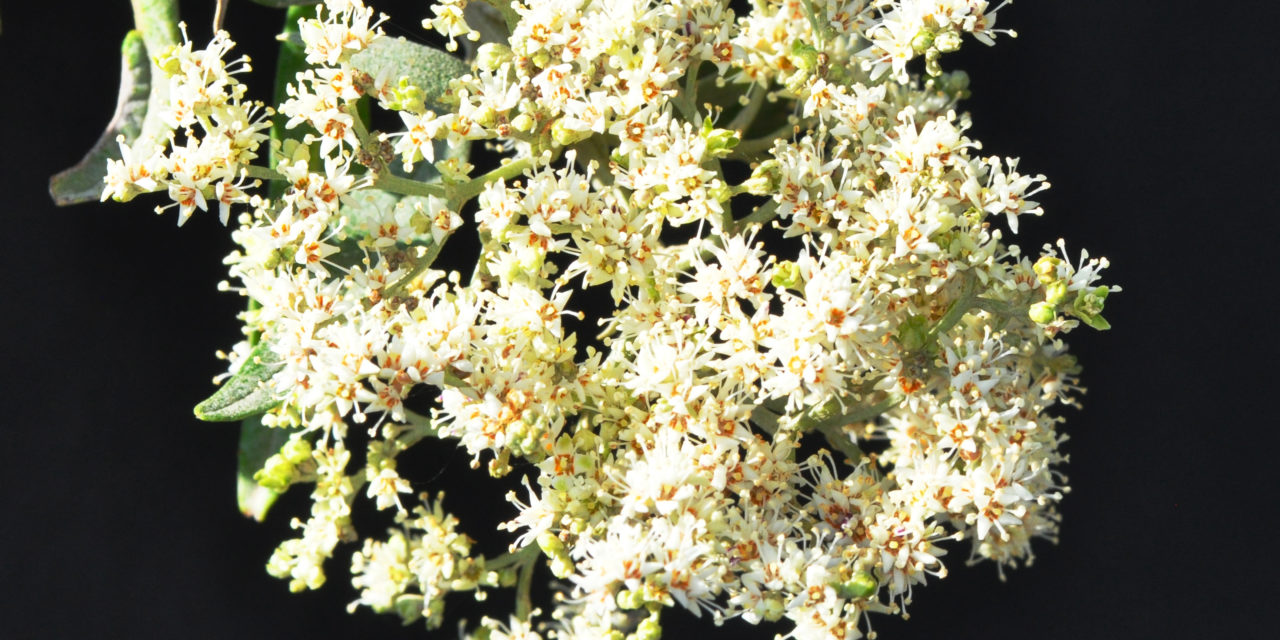
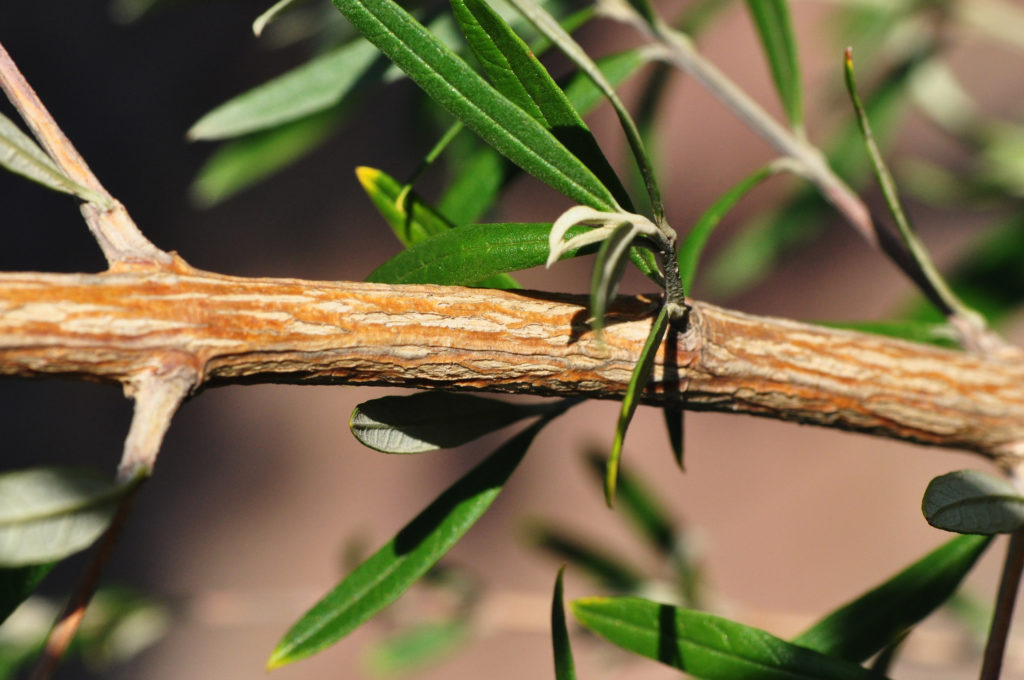
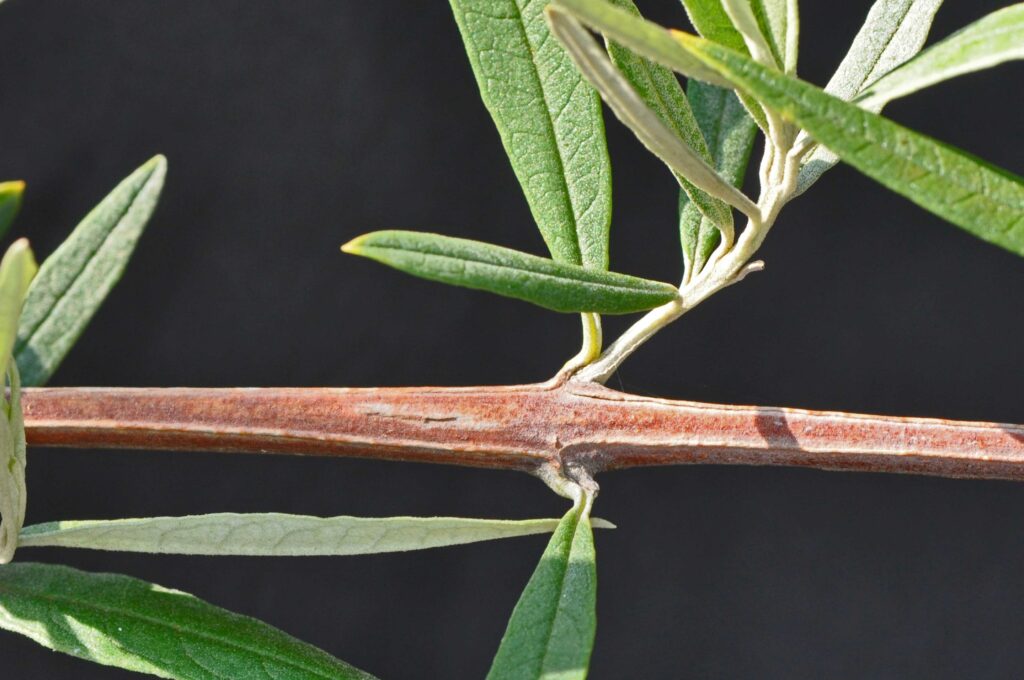
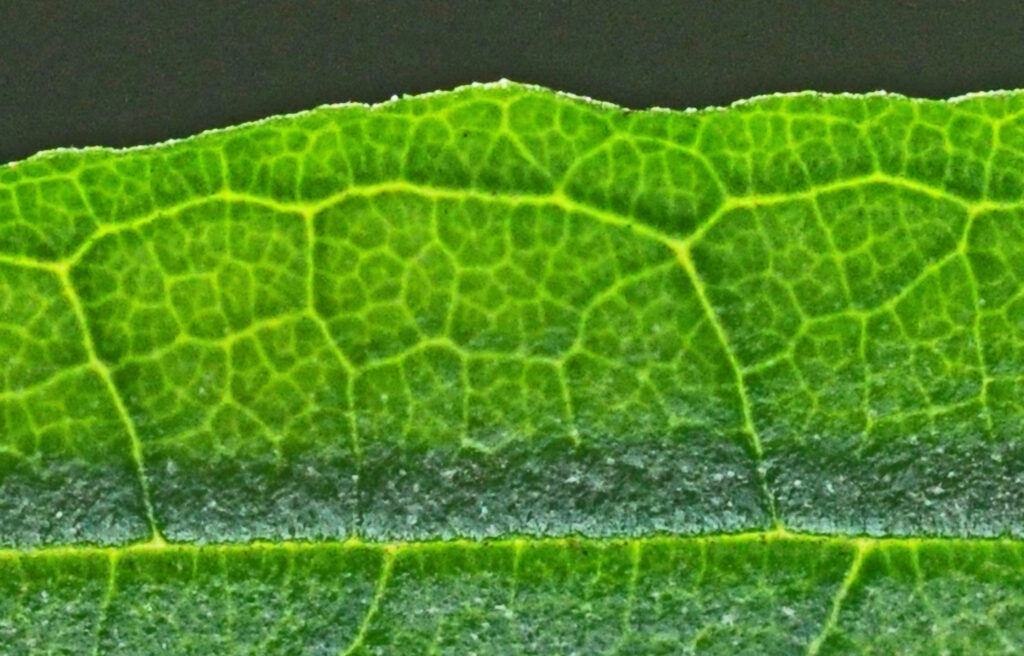
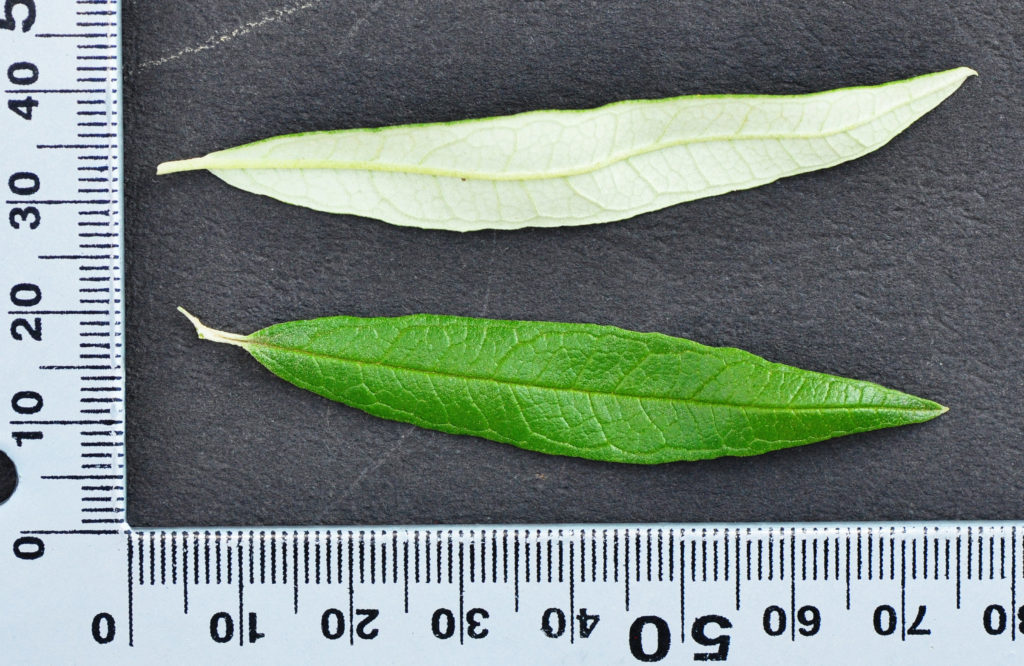
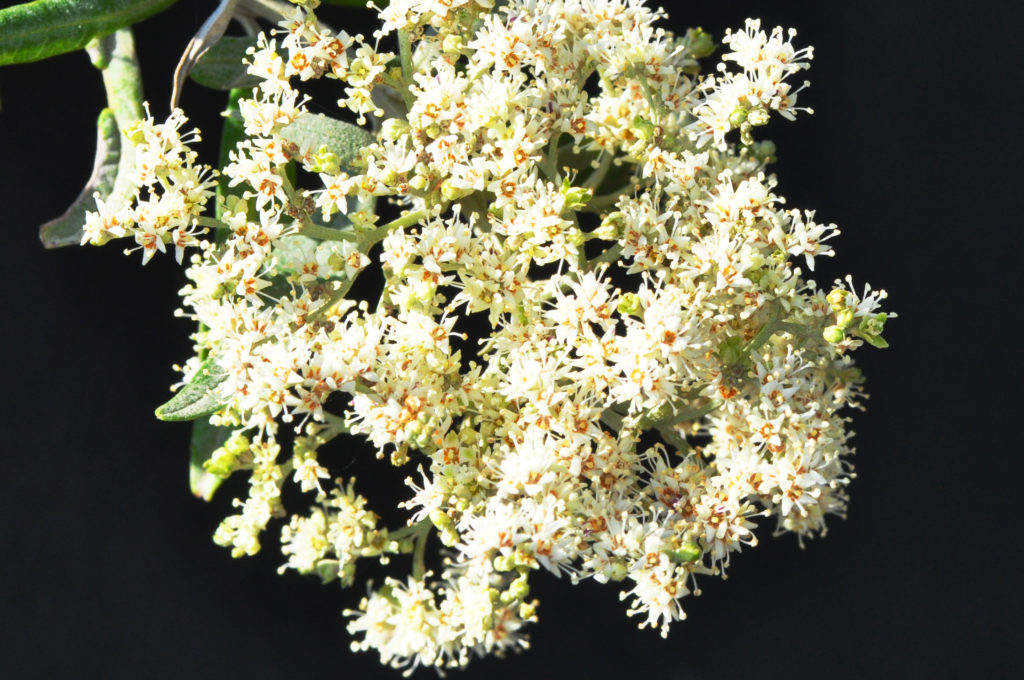
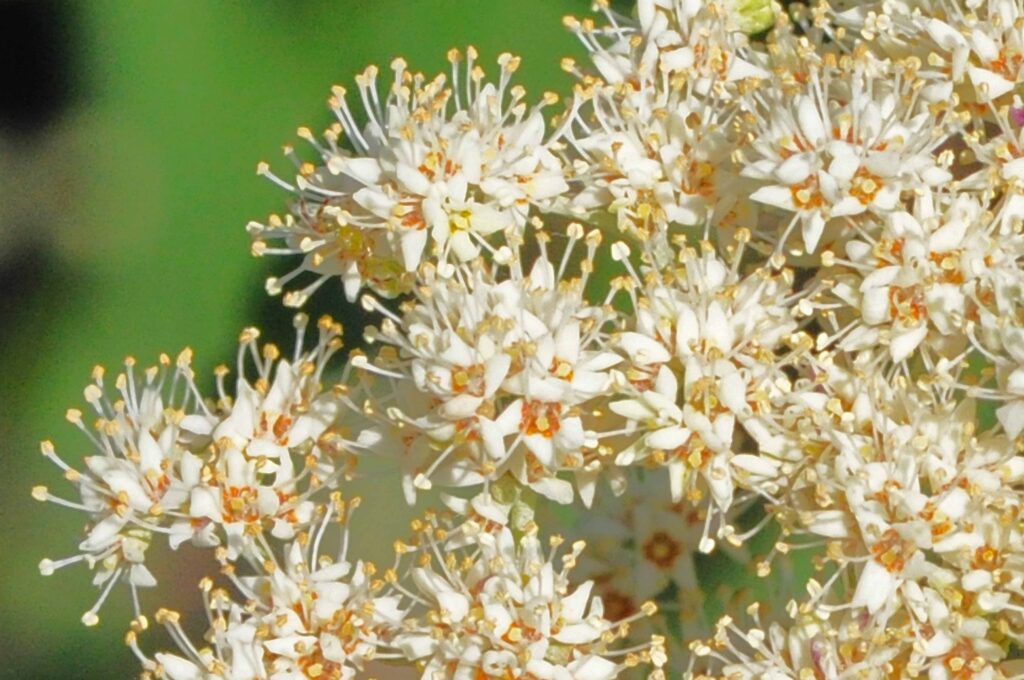
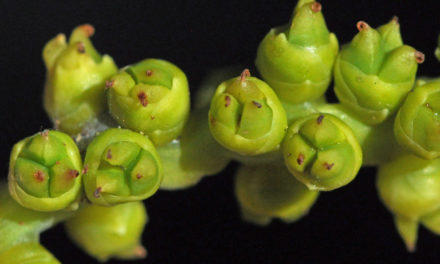
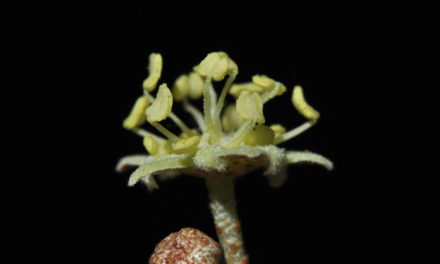
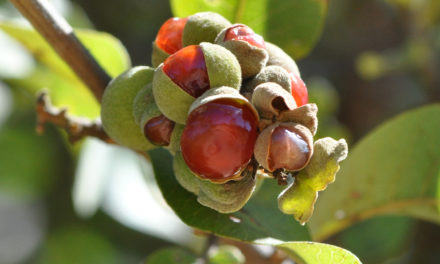
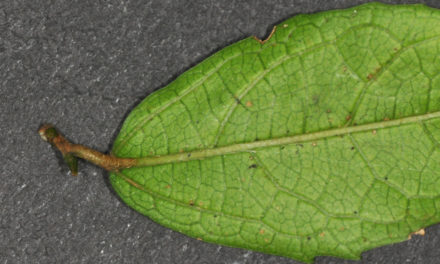
Hi David,
Is the Buddleja saligna only pollinated by insects, or a combination of insects and wind? I see various articles refer to masses of pollen produced by the tree which attracts insects. I want to avoid trees pollinated by wind due to potential increased allergic reaction.
Thanks for your thorough website.
Kind regards Dennis
Greetings Dennis,
Buddleja saligna. I have checked through my references and have found no references to problems with pollen. Also wind pollinated plants often have reduced or absent petals and this is not the case here. Although I do not have one in my garden it looks like a good hardy asset to a garden and there are no problems with aggressive roots. Another advantage is that pruning will produce excellent firewood.
Good luck and stay safe.
David
Hi there
Where can I purchase one of these trees
?
Greetings. I suggest that you phone local nurseries to see if they either have it or can get it for you. Take care.
Hi David,
I’m trying to ID an unknown Buddleja and I can’t find anything that seems to fit. B. saligna matches in many ways, except that the leaves of my unknown Buddleja are mostly much larger and noticeably not “olive-like”. I see your description says that leaves “vary considerably in size”, have you seen instances where the majority of a plant has larger leaves that aren’t very “olive-like”? I’ve tried to attached a link to a photo in the “website” field of this comment, in the hopes that you might be able to see it.
Thanks for the great info on the website.
Greetings from Johannesburg.
Your plant may not fit for a number of reasons. Firstly, there are over 140 species worldwide. Your plant may not be local and most Buddlega species are found in many areas outside South Africa. Our indigenous plants are exclusively hermaphrodite with perfect flowers. Flower structure is perhaps a place to consider. Hybrids do occur.
Wishing you well!
David Becking.
I really appreciate articles on your site. You’re doing a fine job! Thanks a lot.
Thank you. Take care!